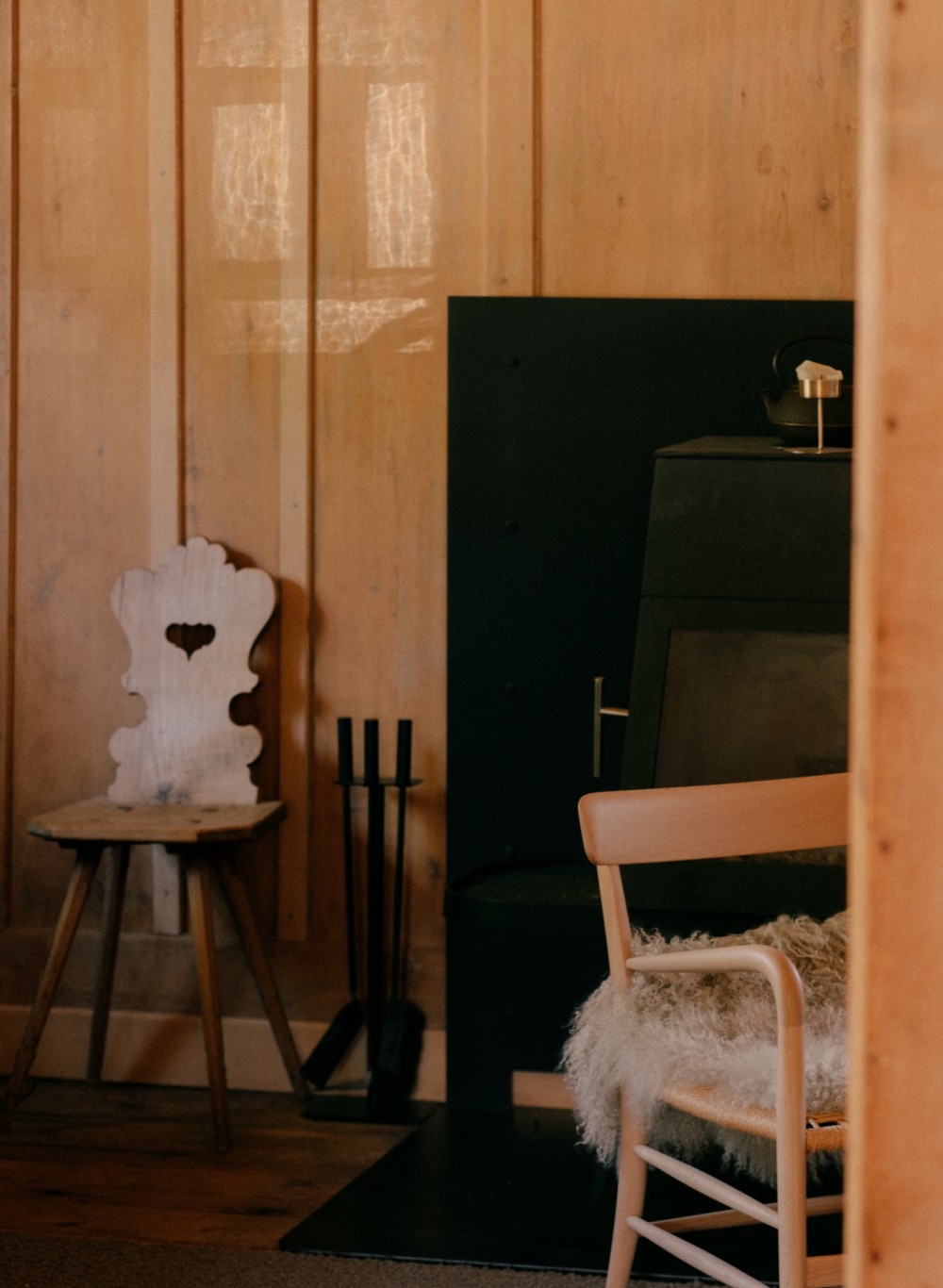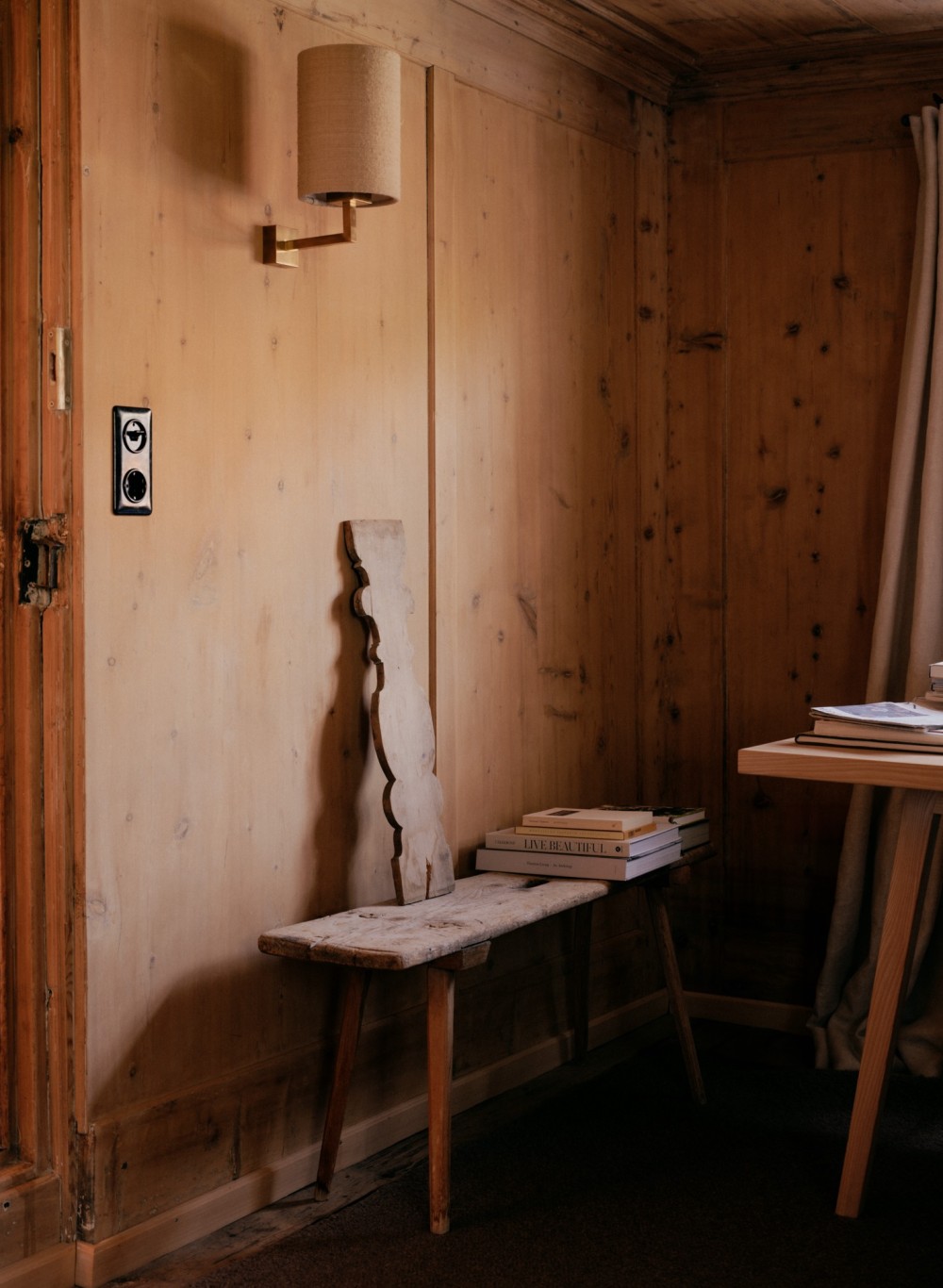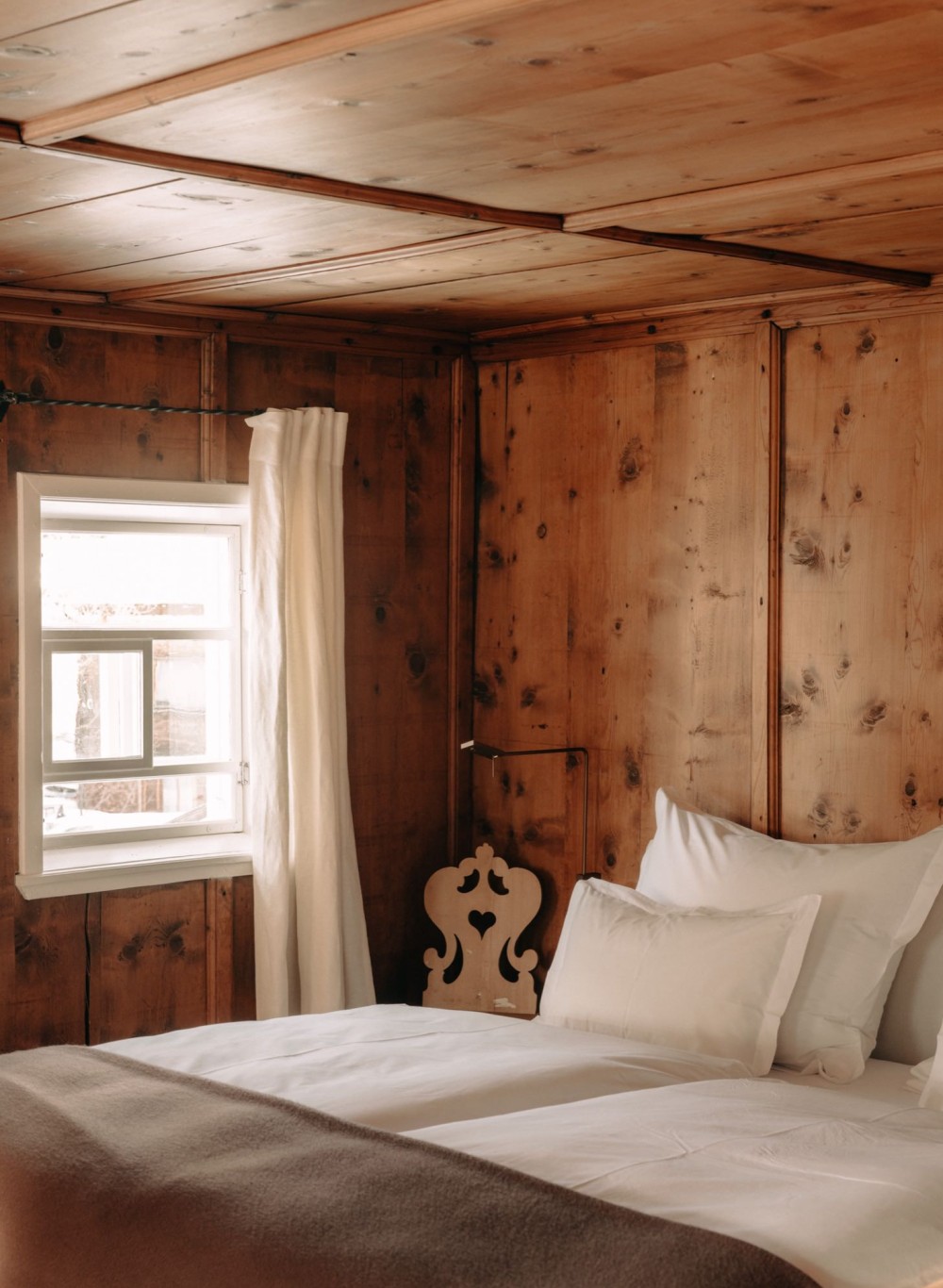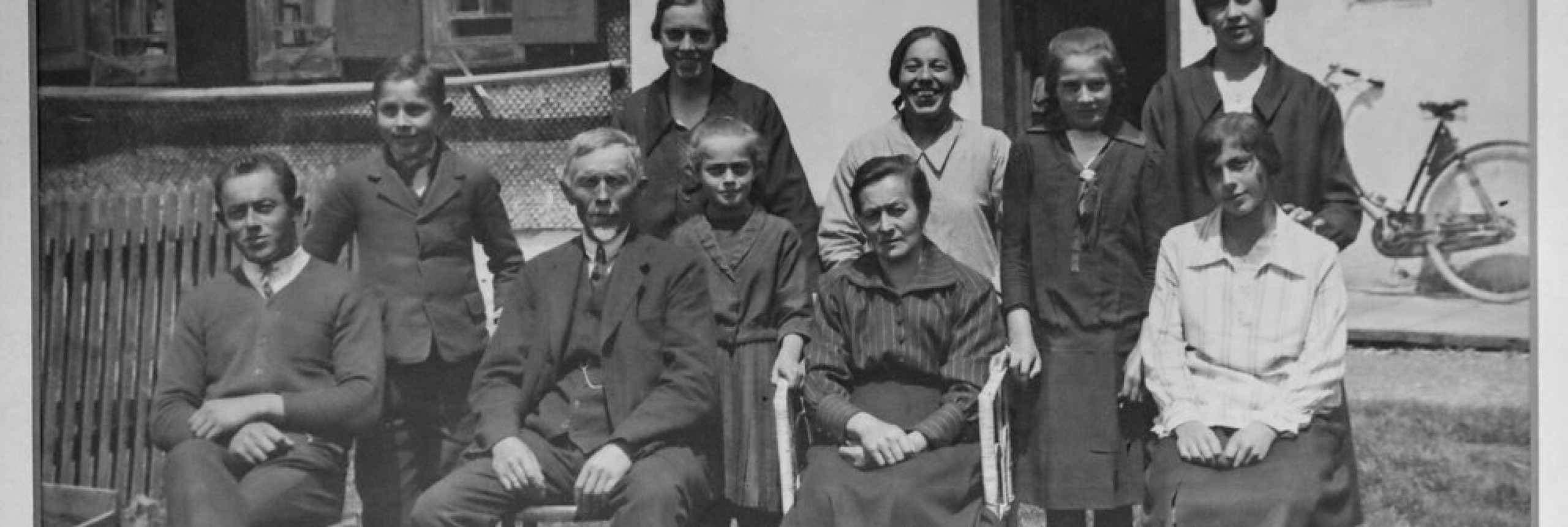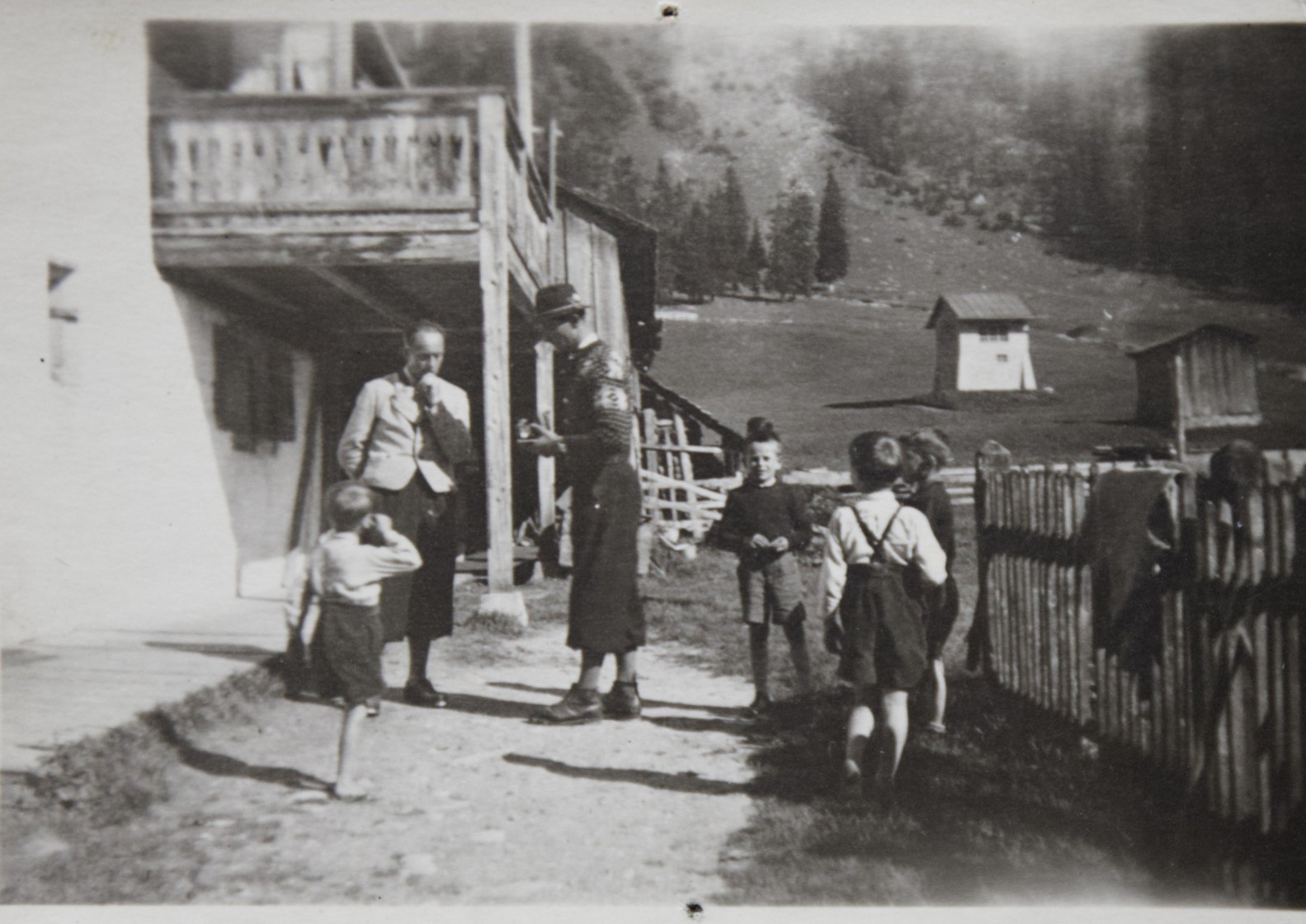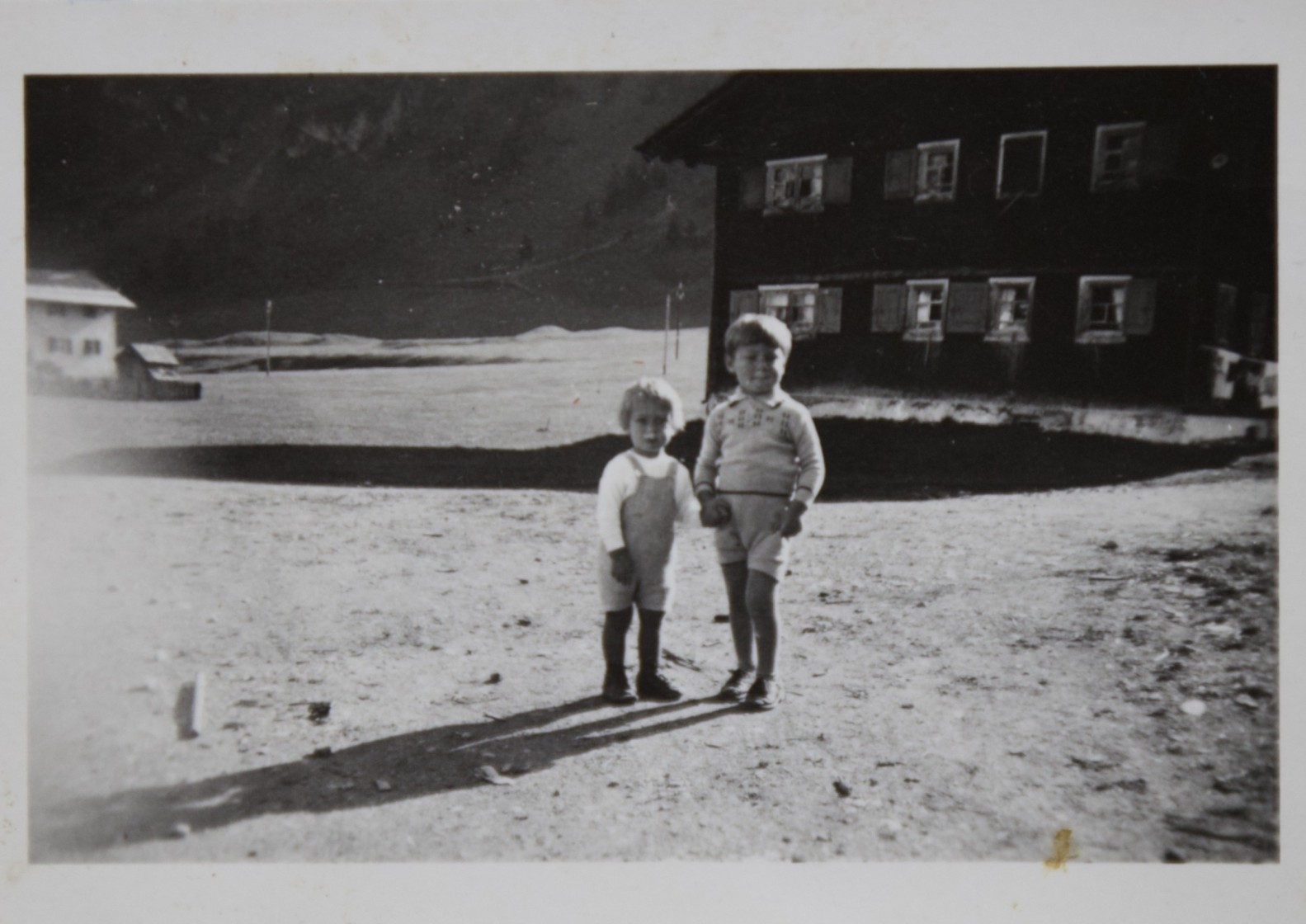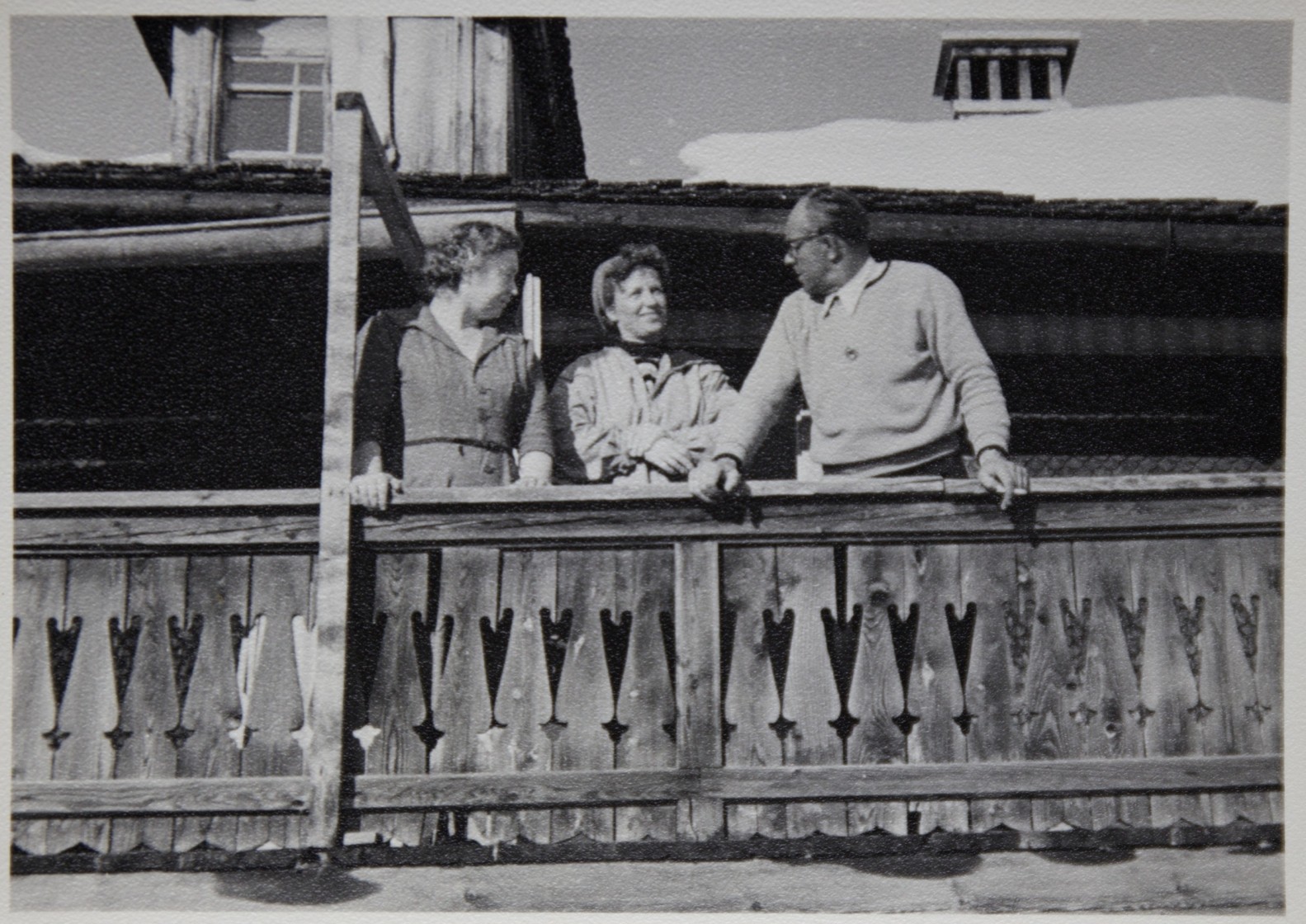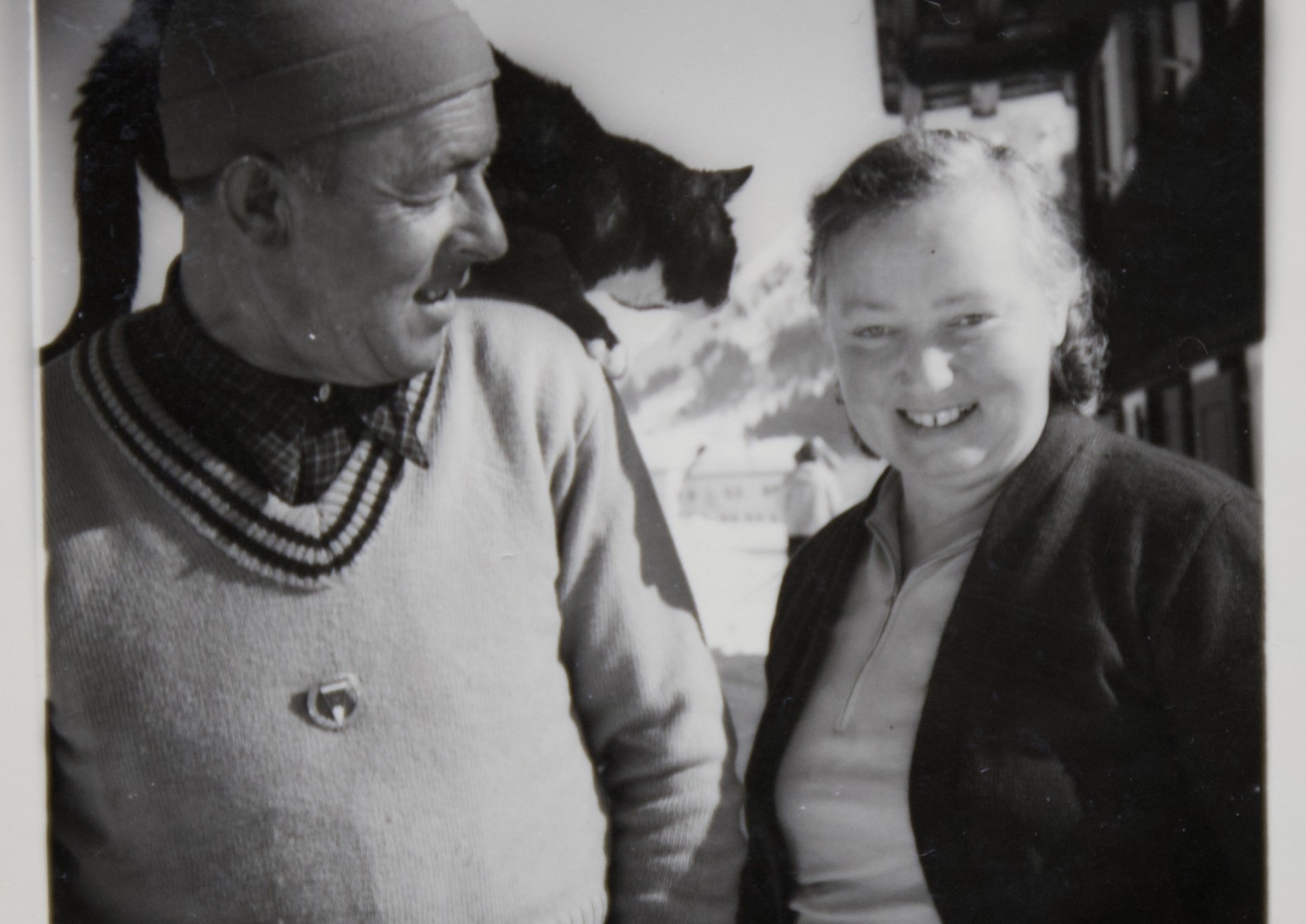The family tree of the Elsensohn's goes back over many centuries. The family is one of the oldest mentioned in documents of the Tannberg, according to the historical writings of the Walser chronicler Herbert Sauerwein.
The livelihood of the first settlers in the territory of the Counts of Montfort was very hard. Nobody - except the Walsers - could be expected to live in this inhospitable area, which, although beautiful in landscape terms, was closed off from the surrounding area for long months.
Our ancestors first settled in the Älpele, a stretch of land near the headwaters of the Lech river. Later, according to the records, due to the harsh living conditions, they were forced to take down the house to rebuild it, downstream, next to the parish church of St. Nicholas in Lech.
Between hunger and unbelievable poverty, parts of the family also left this difficult living space at that time to emigrate to America, where they died of „homesickness“, according to the family chronicle. Those who stayed behind survived in the circle of the extended family, between joy and sorrow, between the peasantry and the turmoil of two world wars, working modestly and hard.
It is almost unbelievable that my grandmother, for example, provided her husband Eugen and the two sons with a freshly prepared meal while they were working on the hay on our Alpe Schöneberg, near the small settlement of Bürstegg, which is located high up in the mountains, because the men were supposed to "eat warm" at noon every day. The walk from to get there from the Sandbur took more than two hours by foot. This was the custom at that time, today these efforts would be completely unimaginable.
Our generation, on the other hand, was born in the time of the great economic and tourist boom of the '60s. Prosperity and mundanity grew hand in hand. Lech was open to the world and the world was open to us, the young generation.
I myself had the good fortune to study and live abroad in Italy for several decades, to feel completely at home in a foreign country, and, as a result, to be able to move freely in another artistic and cultural area. My children have grown up in this pan-European world and Italy has become a second home to me, but only a second home.
So I was happy to come back here and I continue to move between these two worlds.
Birgit Elsensohn
